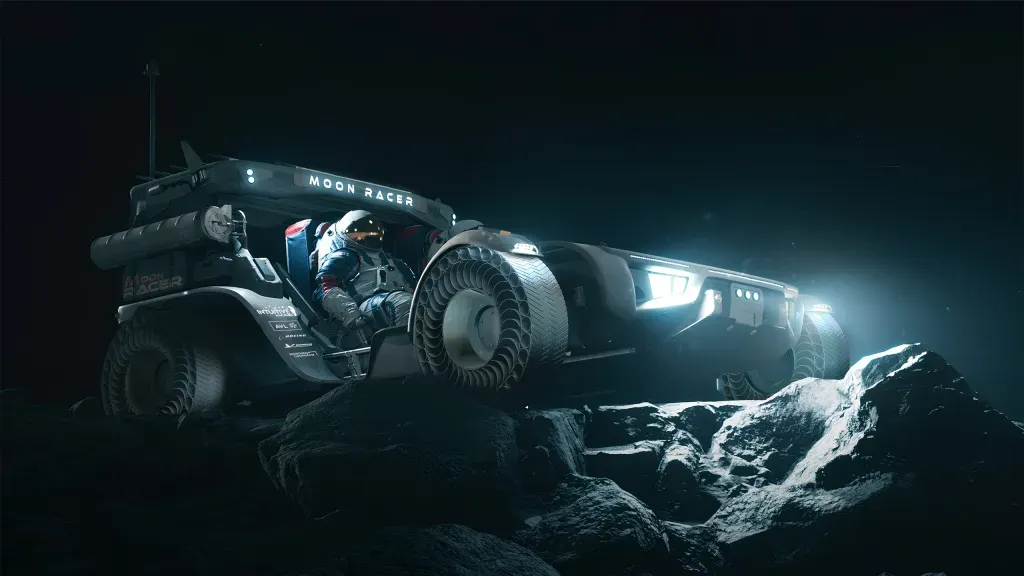A practical approach to the Mars Sample Return mission

NASA’s Mars Sample Return (MSR) mission has run aground, wrecked by a $10 billion price estimate, a 16 year timeline and excessive mission and programmatic risk. If the mission is to proceed, a much simpler and cheaper approach must be found.
Fortunately, such an approach is available. The current MSR mission plan is so costly, complex, and risky because it has not been approached as a mission to be accomplished as swiftly and cheaply as possible, but as an activity to be used to unify the international space exploration community by giving as many players as possible something to do. Thus the current script for MSR provides starring roles for, among others, the Perseverance mission team, the JPL Mars helicopter development team, the Mars Ascent Vehicle (MAV) development team, the many nations of the European Space Agency, the advanced propulsion community, autonomous rendezvous and dock technology developers, precision landing technologists, Mars lander developers, Mars orbiter developers, the Planetary Protection bureaucracy and perhaps even the Artemis program Deep Space Gateway program.
The way to cheapen, quicken and de-risk the mission is to cut most of this mob out of the action.
There are two ways this can be done. The simplest is just to see what we could do using one launch of the proven Curiosity/Perseverance skycrane landing system to deliver a sample return mission to the Red Planet.
The current skycrane can deliver 1000 kilograms to the Martian surface. As the numbers in the first column of the below table show, this is quite sufficient to deliver a two-stage MAV to Mars which, if powered by off the shelf storable NTO/MMH hypergolic propellants, would be capable of sending a 40 kilogram spacecraft first to low Mars orbit and then directly back to Earth without any need for orbital rendezvous with another vehicle.
Furthermore, a 180 kilogram Spirit-sized rover capable of gathering samples could also be brought along as well, negating the need to accomplish a precision surface rendezvous with and obtain samples from Perseverance, which may or may not be operational when the time comes. The 40 kilogram spacecraft could include 5 kilograms of samples, a 10 kilogram passive capsule made of lightweight materials — giving it a sufficiently low terminal velocity to make a parachute system unnecessary — and a 25 kilogram propulsion, navigation and guidance system to send it along its way.
It may be noted that 477 kilograms of the payload delivered to Mars is the propellant needed to come home. This suggests that great mass savings — or increased return payload capacity — could be achieved by making use of technology to produce high-performance methane/oxygen propellant out of local materials on Mars. This alternative is shown in the second column of the table. Methane/oxygen propellant can be made from carbon dioxide and water, both of which are available on Mars. However, to eliminate the need to mine Martian ice or permafrost, I recommend bringing hydrogen and just making use of Martian CO2 (which provides 95% of the propellant mass) which can be acquired anywhere on Mars simply by running a roughing pump.
Options for the Mars Sample Return
| Option 1: Use NTO/MMH from Earth | Option 2: Use CH4/O2 from Mars | |
| MAV Isp | 330 s | 370 s |
| Delta V first stage | 4500 m/s | 4500 m/s |
| Delta V second stage | 2500 m/s | 2500 m/s |
| Sample size | 5 kg | 25 kg |
| Capsule mass | 10 kg | 50 kg |
| Return S/C mass | 20 kg | 70 kg |
| Propellant from Earth | 477 kg | 0 kg |
| H2 feedstock to make propellant | 0 kg | 78 kg (makes 1,307 kg CH4/O2) |
| Rover | 180 kg | 180 kg |
| Solar power system | 20 kg | 100 kg |
| Propellant production system | 0 kg | 100 kg |
| MAV tanks, engines, structure | 48 kg | 157 kg |
| Mission mass without margin | 765 kg | 760 kg |
| Margin | 235 kg | 240 kg |
| Total landed mass | 1,000 kg | 1,000 kg |
While using locally produced methane/oxygen does add complexity to the mission, it quintuples the amount of sample that can be returned. It would also demonstrate a key technology for enabling human Mars missions to follow. But either way, the mission can readily get done by direct return, without the extreme programmatic risk associated with requiring a European orbiter powered by advanced propulsion to be developed on time, as well as the technical risk associated with putting autonomous rendezvous and dock in Mars orbit in the mission critical path.
All of this is straightforward, provided that NASA dispenses with the extremely costly and nonsensical requirement for breaking the chain of contact with the surface imposed on the MSR mission by irrational planetary protection bureaucrats. Billions of tons of Mars rocks ejected by meteor impact have already travelled to Earth, with 500 kilograms of unsterilized material continuing to land on our planet every year.
Under these circumstances, taking heroic measures to quarantine a few kilograms of Mars samples being brought back by MSR makes about as much sense as ordering the border patrol to search every tourist car coming in from the north to make sure no one is importing Canada Geese. Humoring the planetary protectionists requires adding an orbiter, a launch vehicle and autonomous rendezvous and dock technology to the MSR mission, exploding its costs to the point where it has starved the rest of the Mars exploration program virtually out of existence. These costs have made it impossible to send other spacecraft to Mars, such as life detection missions, for example. Now it threatens to kill itself as well.
NASA needs to decide whether it wants to have an effective Mars exploration program or a happily empowered planetary protection bureaucracy. It can’t have both.
Robert Zubrin is an aerospace engineer and president of the Mars Society. His most recent book, The New World on Mars: What Can We Create on the Red Planet, was recently published by Diversion Books.


 United Kingdom
United Kingdom Argentina
Argentina  Australia
Australia  Austria
Austria  Brazil
Brazil  Canada
Canada  Germany
Germany  Ireland
Ireland  Italy
Italy  Malaysia
Malaysia  Mexico
Mexico  New Zealand
New Zealand  Poland
Poland  South Africa
South Africa  United States
United States 























